Letter of reprimand rebuttal template
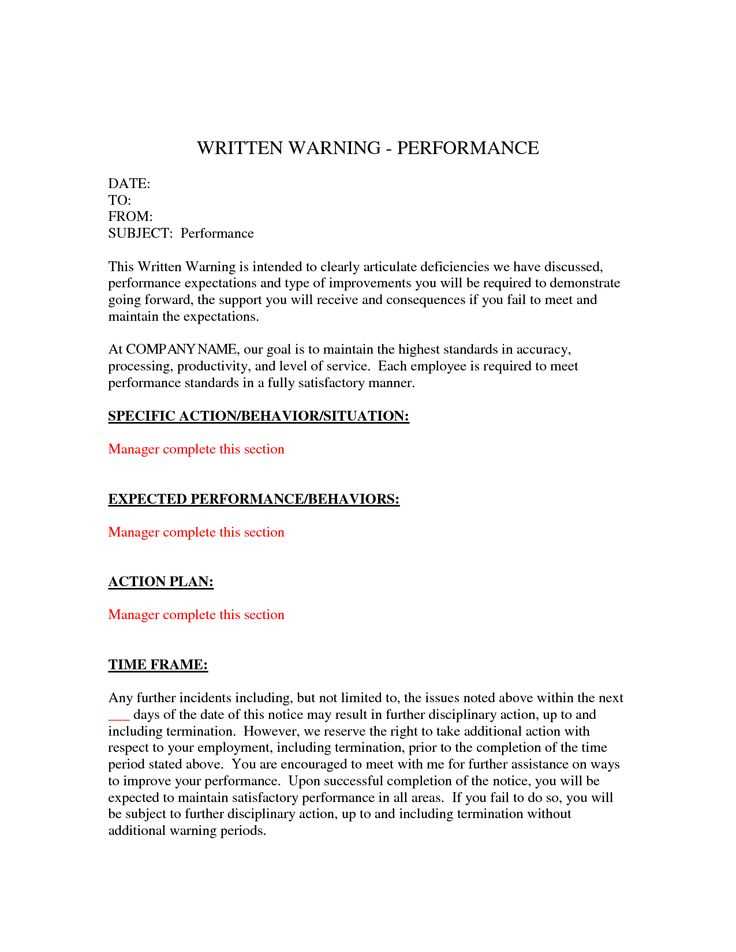
Responding to a letter of reprimand requires a clear, concise approach. Begin by addressing the specific points outlined in the reprimand. Acknowledge the issue without unnecessary elaboration. This allows you to focus on providing your perspective in a respectful and professional manner.
Start with a brief introduction. State the reason for your response and express your commitment to resolving any misunderstandings. Avoid lengthy explanations of past events, and instead, address the issue at hand. This helps to keep the tone constructive.
Present your side of the situation. Explain the circumstances that led to the reprimand. Be factual and avoid emotions or defensiveness. If there was a miscommunication or misunderstanding, clarify the facts with supporting evidence where possible. Keep the response focused on the specific actions or behaviors mentioned in the reprimand.
Offer a solution or plan for improvement. Outline the steps you plan to take to prevent similar issues in the future. This demonstrates your willingness to take responsibility and make necessary changes. Ensure that your plan is realistic and actionable, showing that you are proactive in addressing the situation.
End on a positive note. Reaffirm your commitment to improving your performance and maintaining a positive working relationship. Express appreciation for the opportunity to clarify the situation, showing that you value the feedback given to you.
Letter of Reprimand Rebuttal Template
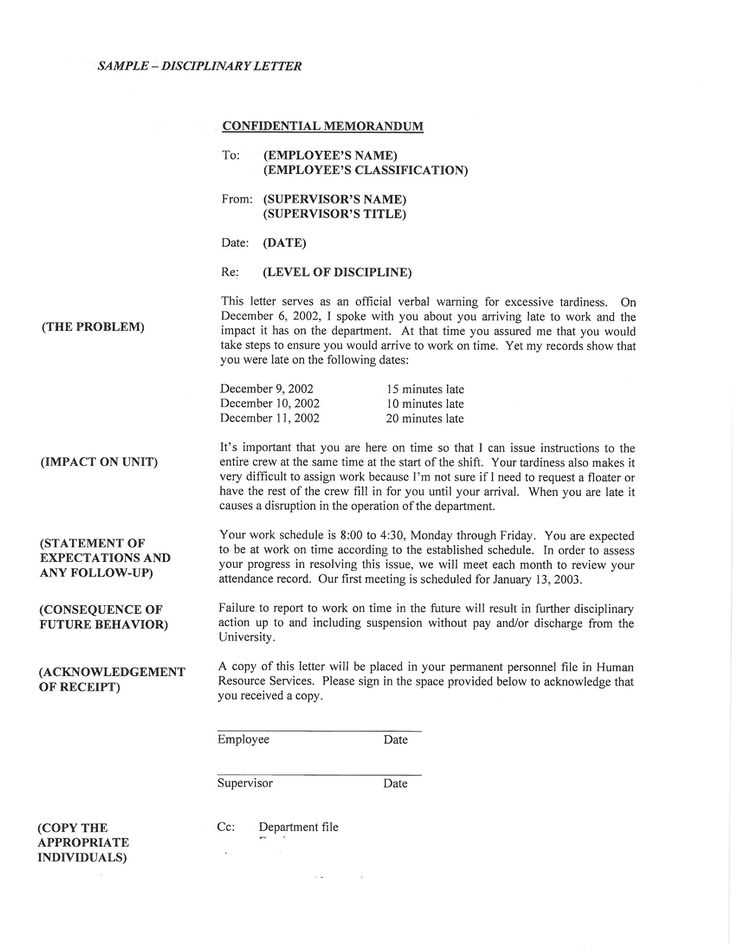
Begin by addressing the letter’s recipient respectfully and clearly state the purpose of the rebuttal. Refer directly to the specific reprimand, mentioning the date it was issued, and identify the particular points that need to be addressed. Be straightforward about your disagreement or clarifications.
Provide a clear explanation of your perspective. If there were misunderstandings or miscommunications, outline them with evidence or relevant context. Focus on specific incidents and clarify any discrepancies between the reprimand and the actual situation. If applicable, include any relevant policies or procedures that support your position.
If your actions were influenced by external factors, explain them concisely, while remaining professional. Offer concrete examples of how you have acted in alignment with company standards, if that applies. Be factual and avoid emotional language.
Conclude by expressing your commitment to meeting expectations moving forward. Acknowledge any areas where improvement is needed, without admitting to actions you disagree with. Reaffirm your dedication to the organization and your role, and express your openness to further discussions or feedback.
| Section | Content |
|---|---|
| Header | State the recipient and the date of the reprimand. |
| Introduction | Directly address the reprimand and the areas of concern. |
| Explanation | Offer factual clarification or provide context for the situation. |
| Conclusion | Reaffirm your commitment and openness to feedback or further discussion. |
End the letter professionally, signing with your name and contact information. Keep the tone respectful and avoid being defensive. Stay focused on resolving the issue, rather than dwelling on past conflicts.
How to Acknowledge the Issue While Disputing the Reprimand
Begin by recognizing the specific concern raised in the reprimand. Clearly address the issue, showing that you understand the context of the criticism. This will demonstrate that you are taking the matter seriously, even if you intend to dispute it.
Next, calmly present your perspective on the situation. If there were misunderstandings or miscommunications, explain them concisely without blaming others. Stick to facts, and avoid emotional language or assumptions about intent.
Express any mitigating factors that may have contributed to the situation. Offer a clear, logical explanation that can help the reader understand your side without diminishing the importance of the concern. Acknowledge any mistakes or oversights on your part, but emphasize how they were not intentional and how you are taking steps to address them.
Finally, suggest possible solutions or improvements moving forward. This shows a willingness to cooperate and correct any issues, even as you dispute the reprimand. A solution-focused approach will help present you as responsible and proactive, rather than defensive.
Key Elements to Include in Your Rebuttal Letter
Address each specific point made in the reprimand with clarity. Avoid generalizations. Be direct and respond to the exact issue raised.
- State your position: Clearly outline your perspective on the matter. If the reprimand was based on a misunderstanding or incorrect information, correct it with evidence or a clear explanation.
- Provide context: Explain the circumstances that led to the issue. Be concise but thorough, using facts to back up your statements.
- Take responsibility, if applicable: If you made a mistake, acknowledge it. Show that you understand the impact of your actions and express your commitment to improving.
- Offer solutions: If the reprimand involves a performance issue, suggest actionable steps for improvement. Highlight your willingness to make adjustments or seek guidance.
- Maintain professionalism: While it’s important to present your side, keep the tone respectful. Avoid any language that could be interpreted as defensive or confrontational.
Conclude by emphasizing your dedication to the role and willingness to work towards better outcomes. Keep the focus on moving forward and resolving the situation positively.
Addressing Specific Allegations with Factual Evidence
Respond directly to each allegation by presenting clear, factual evidence that contradicts or clarifies the claim. Focus on documents, records, or any objective data that supports your position. For instance, if accused of missing a deadline, include email correspondence or timestamped reports that show the completion date or progress of the task.
Provide Documentation
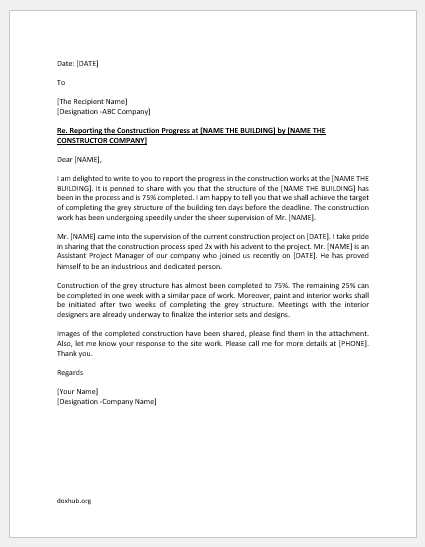
Attach or reference specific documents that demonstrate your actions or decisions. This could include timesheets, project updates, or written communication. For example, if the allegation involves miscommunication, provide email threads or meeting minutes that show the intended message was clear and consistent with your actions.
Clarify Misunderstandings
If the allegation stems from a misunderstanding, offer a detailed explanation. Use the evidence to clarify the context, such as a decision made in the best interest of the team or company, supported by your previous actions or policies. Offer a breakdown of how the decision was made, ensuring you address any gaps in communication that may have contributed to the misunderstanding.
How to Maintain a Professional Tone in Your Response
Address the issue directly, avoiding unnecessary emotional language. Keep your sentences clear and focused. Stay neutral and avoid using accusatory or defensive words. Instead, frame your response around facts and how the situation can be improved. Maintain a calm, composed tone throughout the letter. Acknowledge the concerns raised without becoming reactive or dismissive.
Be Clear and Concise
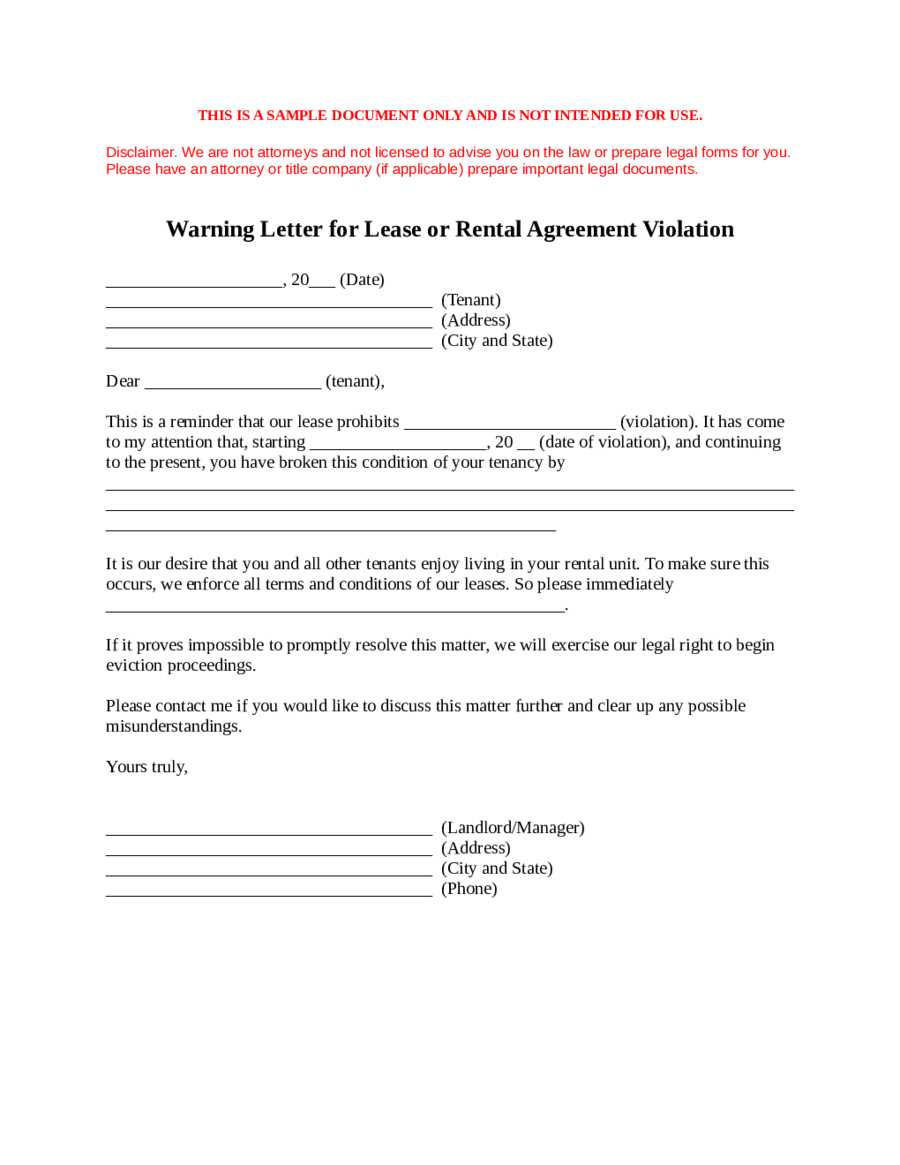
Express your points clearly and without ambiguity. Avoid long-winded explanations that could detract from the main issue. State what happened, why it happened, and what steps will be taken to address the situation. This shows accountability and a commitment to resolving the problem.
Use Polite and Respectful Language
Respect is key. Use polite phrases like “thank you for your feedback” or “I appreciate your input.” Even if you disagree with the reprimand, acknowledge that the feedback was intended to help you improve. Show that you are willing to listen and learn from the experience.
Strategies for Presenting Your Side Without Escalating Conflict
Remain calm and collected. Keep your emotions in check when presenting your side. Approach the situation with clarity, and focus on the facts rather than feelings.
Use “I” statements to express your perspective. Instead of saying “You misunderstood me,” say “I felt misunderstood in this situation.” This avoids placing blame and encourages open dialogue.
Listen Actively
Before responding, listen carefully to the other party’s points. Acknowledge their concerns, which shows respect and can help de-escalate tension.
Stick to Specifics
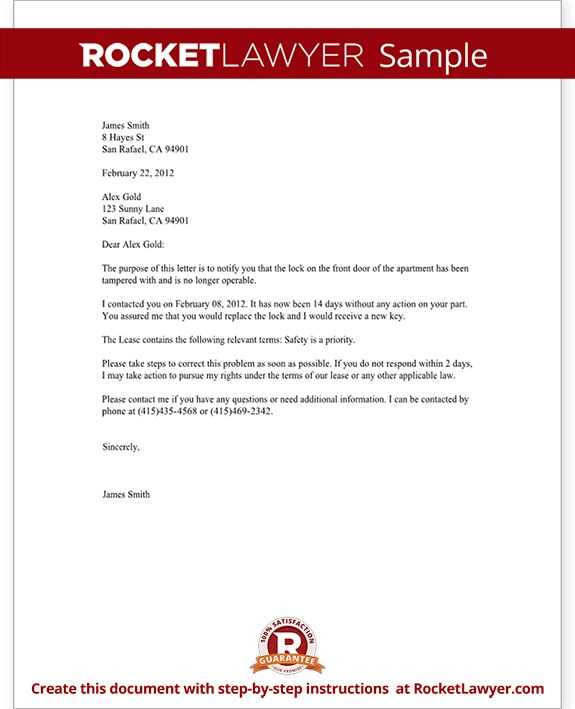
Present clear and specific examples to support your side. Generalizations or vague statements can lead to confusion or defensiveness. Focus on the key facts that directly relate to the situation.
- Avoid making broad claims or assumptions.
- Focus on tangible outcomes and concrete details.
- Keep your explanations direct and relevant.
Use a neutral tone. Avoid sarcasm or aggressive language. Staying neutral will help maintain a professional atmosphere and keep the conversation productive.
End with a solution or request. Conclude your statement with a constructive suggestion or request that leads to resolution, rather than leaving the conversation open-ended.
What to Do After Submitting Your Rebuttal Letter
Follow up with your supervisor or HR to ensure they have received your letter. A polite inquiry after a few days can help confirm its receipt and show your continued interest in resolving the issue.
Prepare for a Response
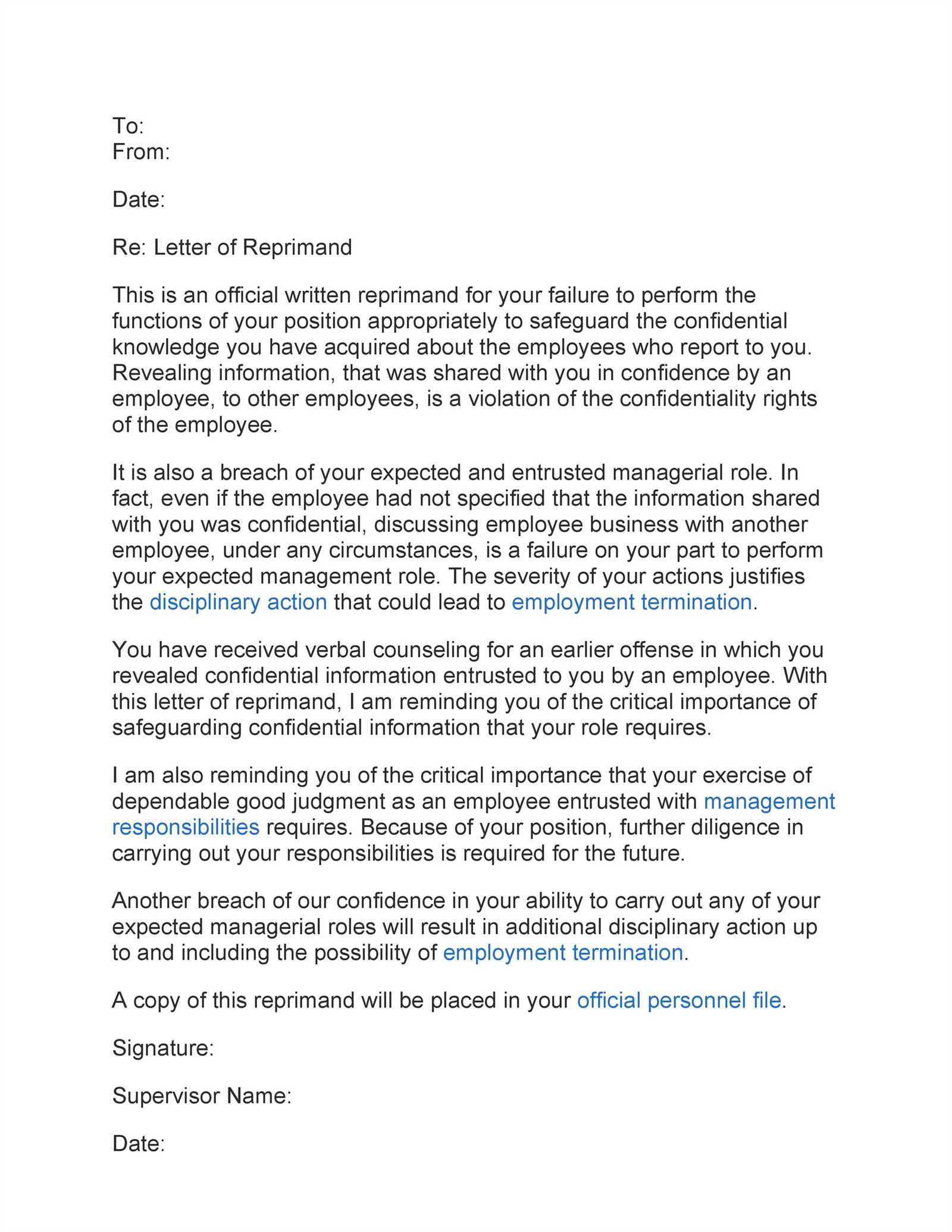
Be ready for feedback. Depending on the nature of your rebuttal, your employer may request further clarification or a meeting to discuss the points raised in your letter. Stay open to their response, maintaining a professional and constructive tone throughout the conversation.
Document Your Actions
Keep a record of all communications related to your rebuttal. This includes emails, letters, and any meetings or phone calls. Documenting your efforts will ensure you have a clear trail of your actions, which can be helpful if the matter requires further escalation.